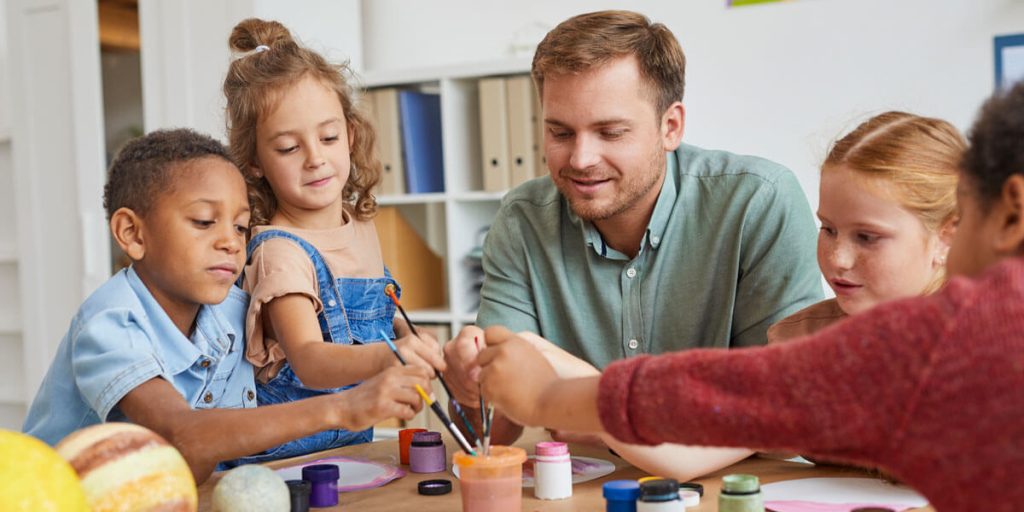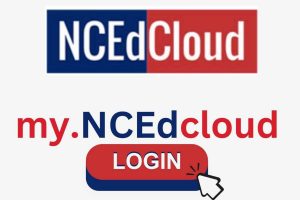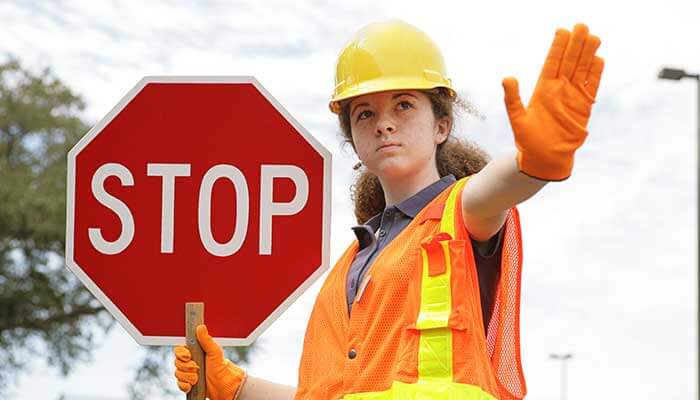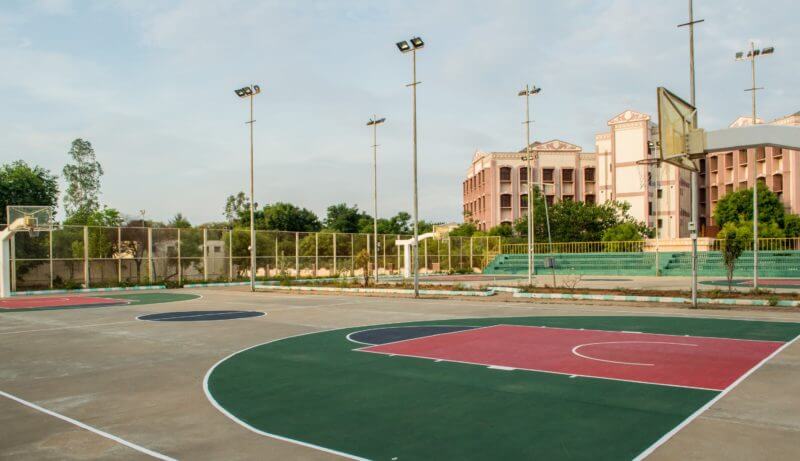Content Attributes
Every child’s first years at school are filled with several wonderful and character-shaping moments. It is a period of great physical, intellectual, social, and emotional development – a period that comes and goes even before you realize it. Preschool may seem to be all about art, storytime, games, dance, and fun, but it is in this formative stage that the child starts developing the skills to comprehend and assimilate the logic and reason behind each activity that he or she participates in.

Any good preschool curriculum should have a curriculum that nurtures the curiosity of the children and helps them develop in every aspect – this is what every problem-based learning school (PBL school) aims at. Read on to find out what children should learn in a high-quality preschool program.
Overall Development
Most PBL schools aim for the overall development of their students – physically, emotionally, socially, in literacy and language, and in cognitive (thinking) abilities.
- Physical Development: There should be a significant focus on activities that improve a child’s small motor skills (hand and finger movements) and large motor skills (arm and leg movements). These activities should include using their hands to explore things like playdough, paints, sand, puzzles, and writing equipment. To improve their large motor skills, they should be engaged in activities like jumping, running, climbing, catching, and throwing. All these also help in building their muscles and bones.
- Emotional Development: Teachers at PBL schools with a hands-on curriculum, help children understand their own behavior and feelings and also manage it. At the same time, they also learn to understand the feelings of others. They are also encouraged to experiment with new things and work on difficult tasks. The curriculum focuses equally on academic as well socio-emotional development.
- Social Development: Teachers help students understand how to respect others and work together in a team. The children learn and play together, thus developing their social and collaborative skills.
- Literacy and Language Development: Children are taught to use their communication skills for learning new concepts. They learn to understand through listening and communicate through talking in addition to writing and reading.
- Cognitive (Thinking) Skills: The thinking abilities of the children develop as they learn how to think, take decisions, and solve problems. This development happens as they explore things and ask questions.
As a part of a high-quality preschool curriculum, teachers help children in this kind of overall development through interesting activities.
Subject Areas
Any problem-based learning school would have a high-quality preschool program that focuses on all learning areas. Besides the overall development, there should be a significant focus on subject areas as well.
- Early Reading and Writing: Teachers support the early reading and writing skills of preschoolers through various activities. To support the reading skills of children, they read out stories and narrate it, teach them alphabets, play rhyming games, and sing songs. They also motivate students to spell out letters, sounds, or words they know. They help children develop writing skills by providing them with different types of paper and textures and writing equipment like pencils and crayons and encouraging them to write.
- Science: The innate curiosity of preschoolers make them ask plenty of questions. Teachers encourage such questions to help them think scientifically. A competent curriculum supports science learning by giving related materials for students to experiment with, going on field trips, researching topics in books or online, etc.
- Math: Teachers support students in learning math by providing them with materials like buttons or blocks to sort, count, and compare. They also try to bring in math by pointing out a number during playtime, snack time, and other such fun activities.
In addition to these, teachers also help students learn how to use technology, which is very much needed in today’s world. Any good curriculum for preschoolers should include all the above-mentioned points.



